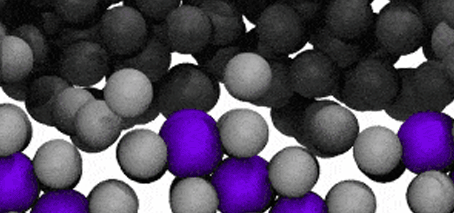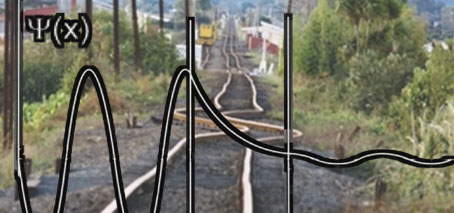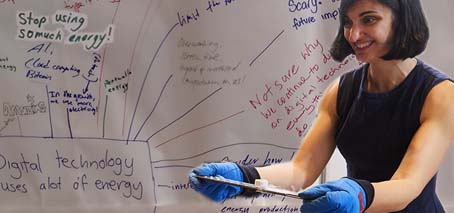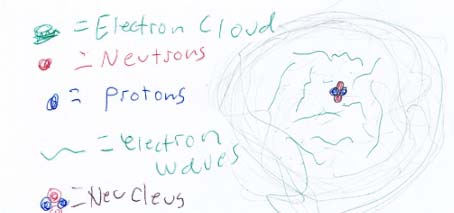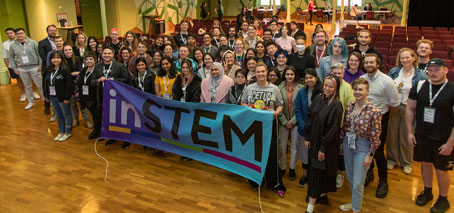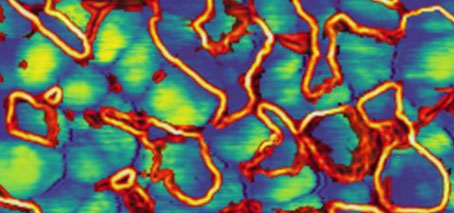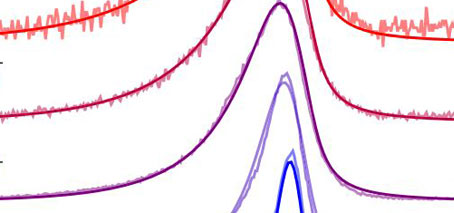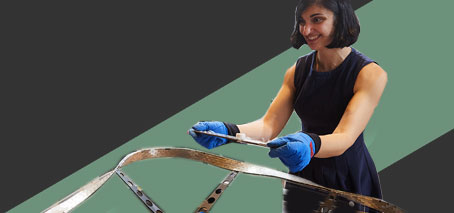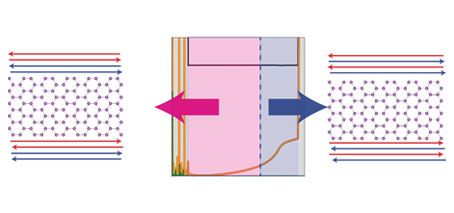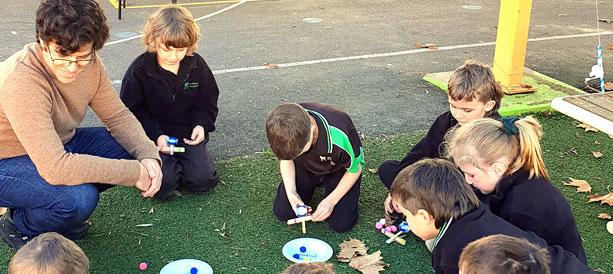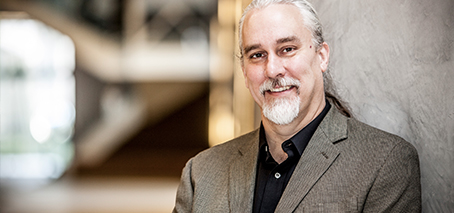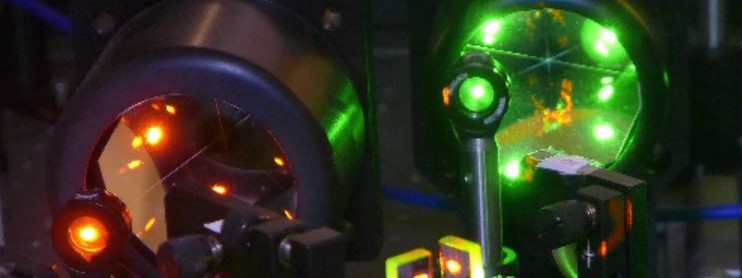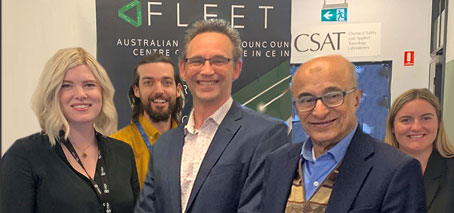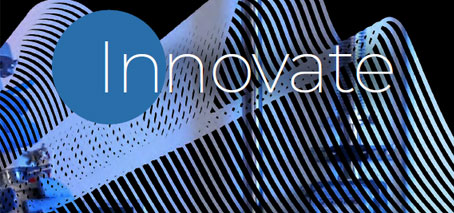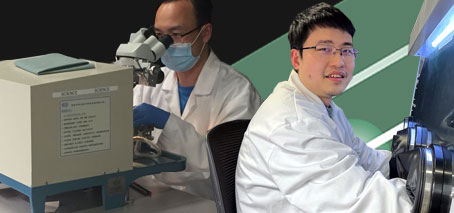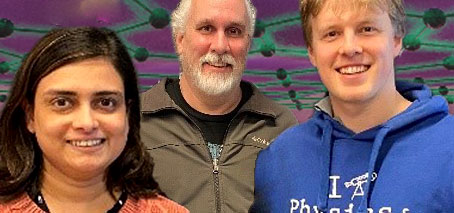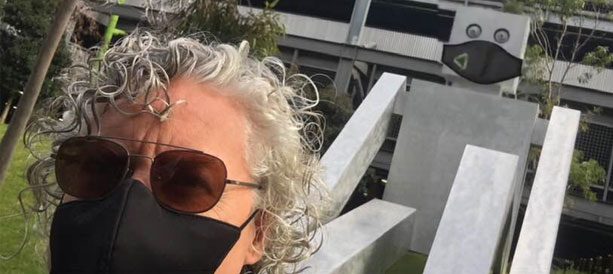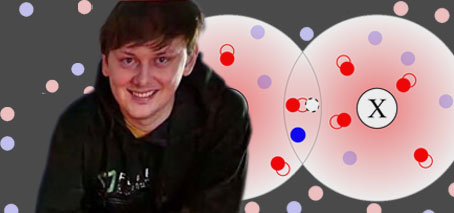There is no excerpt because this is a protected post.
QED: the Quantum Earthquake Detector
Utilising quantum-tunnelling for a robust, highly sensitive, inexpensive new seismometer Around 500 major earthquakes have killed over 400,000 people in the 21st Century, disproportionately in developing nationals, and around the famous ‘ring of fire’. You cannot do anything to prevent an earthquake. But if you can detect them sufficiently early, you can act, to save lives. This is possible because …
Where are they now? Oliver Paull
Oliver Paull was one of the original cohort of FLEET PhD students when the Centre was launched in 2017. We interviewed Oliver about his career path after leaving FLEET (Oliver completed his PhD in July 2022), and how he has used his technical and collaboration training at FLEET in his new position as a postdoc at Unité Mixte de Physique, …
Levitating superconductor and the desire for a socially-responsible digital future
Sparking new understanding at the Sydney Science Trail With 1800+ students and members of the public coming through the Sydney Science Trail Expo in 2023, FLEET’s stall was well positioned to engage minds with the Centre’s key mission challenge of unsustainable digital energy consumption. The levitating superconductor may have been the initial attraction, but the main impact of FLEET’s presence …
Why teach primary students quantum physics?
Widening the reach of quantum teaching towards a ‘quantum savvy’ Australia In 2023 FLEET developed a hands-on workshop to engage primary school students with quantum physics, talking about how electricity and circuits work at the quantum level. Primary students can learn quantum physics, so why not teach it? Pre- and postworkshop evaluation activities embedded in the nine quantum circuit workshops …
Evaluating the impact of equity initiatives: Women in Leadership
FLEET has provided an environment for early-career women to thrive, progress and grow into capable and confident leaders A significant cohort of women at FLEET received funding (2019–23) towards high-level leadership training, with surveys of the recipients in 2023 confirming the lasting positive impacts of this training in their new careers. The leadership program works towards two of FLEET’s major …
Advanced Strategic Capabilities Accelerator (ASCA)
Advanced Strategic Capabilities Accelerator (ASCA) is a newly formed agency that connects and streamlines Defence innovation, science and technology systems, driving capability development and acquisition pathways. ASCA replaces the Defence Innovation Hub and Next Generation Technologies Fund, which the Defence Strategic Review identified are no longer fit for purpose in Australia’s current strategic environment. ASCA has $4.2b to deploy over the next …
inSTEM 2023 : addressing disability, chronic illness & mental ill-health
The second inSTEM conference took place in Melbourne, 19–21 September 2023, at RMIT’s iconic Storey Hall. (Story by EQUS Communications & Engagement Manager, Dr Kristen Harley) inSTEM is a networking and career development conference for people from marginalised or underrepresented groups in STEM, and their allies. Originally developed by ARC Centre of Excellence for Engineered Quantum Systems (EQUS)’ EQUIP committee, …
Advancing Aus-Europe exciton physics links
The FLEET-EU 2023 Conference : Transport in exciton condensates and exciton insulators took place on September 11, 2023 in San Benedetto del Tronto, the art-deco resort town known as the Riviera of the Palms situated on the Italian Adriatic coast. The conference was jointly organised by University of Camerino (Italy), University of Antwerp (Belgium), and FLEET, and covered a range …
Novel approach to advanced electronics, data storage with ferroelectricity
Published first at Flinders University Latest research from Flinders University and UNSW Sydney, published in the American Chemical Society ACS Nano journal, explores switchable polarization in a new class of silicon compatible metal oxides and paves the way for the development of advanced devices including high-density data storage, ultra low energy electronics, and flexible energy harvesting and wearable devices. The …
Solving quantum mysteries: New insights into 2D semiconductor physics
Researchers from Monash University have unlocked fresh insights into the behaviour of quantum impurities within materials. The new, international theoretical study introduces a novel approach known as the ‘quantum virial expansion,’ offering a powerful tool to uncover the complex quantum interactions in two-dimensional semiconductors. This breakthrough holds potential to reshape our understanding of complex quantum systems and unlock exciting future …
Levitating superconductor and the desire for a socially responsible digital future
The public’s awe of FLEET’s levitating superconductor and engaging dialogue with FLEET at the 2023 Sydney Science Trail enabled a shift in public understanding about how society uses digital technology and a call for a socially responsible digital future. FLEET was one of more than 20 science organisations engaging audiences with interactive exhibits at the Sydney Science Trail Expo, developed …
‘Topological gardening’ to achieve unexpected spin transport
‘Trimming’ the edge-states of a topological insulator yields a new class of material featuring unconventional ‘two way’ edge transport in a new theoretical study from Monash University, Australia. The new material, a topological crystalline insulator (TCI) forms a promising addition to the family of topological materials and significantly broadens the scope of materials with topologically nontrivial properties. Its distinctive reliance …
Quantum at FLEET
Everything ‘quantum’ at the ARC Centre of Excellence in Future Low-Energy Electronics Technologies FLEET’s research is intimately wrapped up in quantum science, spanning areas including quantum materials, quantum coherence, quantum entanglement, electronics, semiconductors, materials science, electronic devices and quantum education. FLEET is exploiting new quantum phenomena to build new devices and technologies capable of vastly lowering the energy used in …
Getting wavy: New FLEET Schools Forces and Energy resource goes from Newton to Einstein
Learning about ‘wavy’ stuff you can’t see, smell, taste or touch can test students’ intuitive understanding of the world. FLEET’s latest Forces and Energy teacher resource examines energy from the physics of Newton to Einstein, to the wavy behaviour of sub-atomic particles such as electrons. Students learn how energy is crucial to our understanding of how everything in the universe …
Open access publishing
Opportunities to publish in a range of open access journals without incurring the additional fees is now possible thanks to an agreement negotiated by the Council of Australian University Librarians (CAUL) whereby article processing charges are not incurred by the author. All seven FLEET node universities have signed up to the agreement and participating publishers/journals can be found on the …
FLEET Director elected Fellow of the Australian Academy of Science
Leading materials physicist and FLEET Director Prof Michael Fuhrer has been recognised for his contributions to science, elected a Fellow of the Australian Academy of Science. Professor Fuhrer is one of 20 researchers elected as Fellow of the Australian Academy of Science, announced today. Prof Michael Fuhrer is an international leader in study of the electronic properties of 2D and …
FLEET Schools: Forces and Energy
Protected: Hosting the Bangladesh chief energy advisor at UNSW
There is no excerpt because this is a protected post.
New CI Torben Daeneke
FLEET is pleased to announce that Dr Torben Daeneke is now a Chief Investigator in FLEET. As a Scientific Associate Investigator in FLEET (RMIT node) since the outset of the Centre, Torben and has been a prodigious contributor to FLEET’s research effort as well as FLEET’s governance. “I welcome the opportunity to become a FLEET Chief Investigator,” says Torben. “I …
FLEET is pursuing the following research themes to develop systems in which electrical current can flow with near-zero resistance: Topological materials Exciton superfluids Light-transformed materials The above approaches are enabled by the following technologies: Atomically-thin materials Nanodevice fabrication FLEET’s approach is multidisciplinary, combining efforts across condensed-matter, cold-atom physics, material science and nanofabrication. FLEET will: Develop and progress new concepts for …
Destroying the superconductivity in a kagome metal
Electrically controlled superconductor-to-“failed insulator” transition, and giant anomalous Hall effect in the kagome metal CsV3Sb5 A new RMIT-led international collaboration published in February has uncovered, for the first time, a distinct disorder-driven bosonic superconductor-insulator transition. The discovery outlines a global picture of the giant anomalous Hall effect and reveals its correlation with the unconventional charge density wave in the AV3Sb5 …
Leadership training
Four FLEET researchers have received partial Centre funding to attend Women & Leadership Australia Impact program: PhD student Bianca Rae Fabricante (ANU) PhD student Patjaree Aukarasereenont (RMIT) Diversity in FLEET fellow Dr Mengting Zhao (Monash) Research Fellow Dr Amelia Dominguez (Monash) “FLEET’s strategic priorities include developing the next generation of science leaders, and fostering equity and diversity in STEM,” says …
FLEET Early Career Researchers’ working group
A shield for 2D materials that adds vibrations to reduce vibration problems
Ultra-thin, liquid-metal-printed oxide can improve performance of your transistor by suppressing vibrational resistance Counterintuitively, this occurs by adding extra phonons (vibrations) into the system This oxide can protect your transistor against further processing Monash University researchers have demonstrated a new, counterintuitive way to protect atomically-thin electronics – adding vibrations, to reduce vibrations. By ‘squeezing’ a thin droplet of liquid gallium, …
Protected: Discovery and facilities: $5.3m funding
There is no excerpt because this is a protected post.
Covid-safety plan
If you’re still anxious being around so many people, we hear you. We’ll be doing what we can to make everyone as safe as possible. You might consider doing a RAT for the safety of your colleagues (and, the reassurance of any who might be particularly apprehensive), both before the conference and each day. If you feel ill at any …
Submission to the National Quantum Strategy: proposed framework
FLEET has made the following submission towards the proposed framework of Australia’s National Quantum Strategy. See Consultation Paper. The ARC Centre of Excellence in Future Low-Energy Electronics Technologies (FLEET; fleet.org.au) is a collaboration between Monash University, Australian National University, University of New South Wales, University of Queensland, RMIT, Swinburne University of Technology, and University of Wollongong, comprising around 200 leading …
A drop in the sea of electrons: Understanding Fermi polarons and their interactions
Multidimensional coherent spectroscopy (MDCS) on monolayer WS2 reveals Fermi polaron interactions Phase-space filling drives new optical selection rules, where excitons compete for the same electron Identification of a novel, cooperatively-bound exciton-exciton-electron state Recent Australian-led research has provided a world’s first measurement of interactions between Fermi polarons in an atomically-thin 2D semiconductor, using ultrafast spectroscopy capable of probing complex quantum materials. …
Protected: Rural schools outreach
There is no excerpt because this is a protected post.

